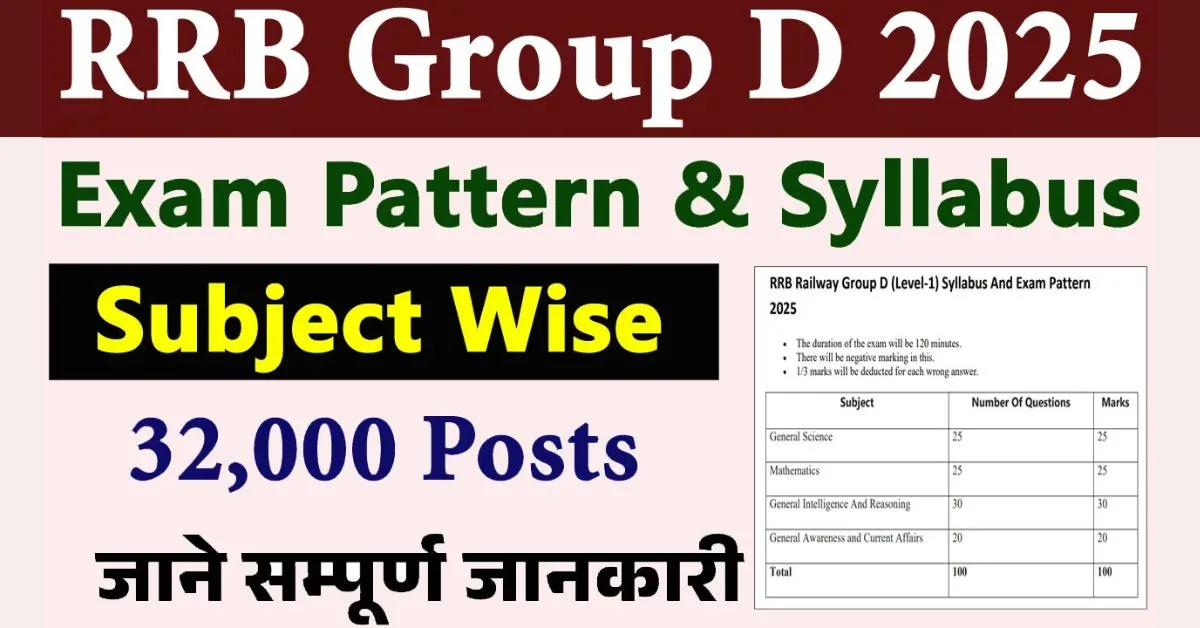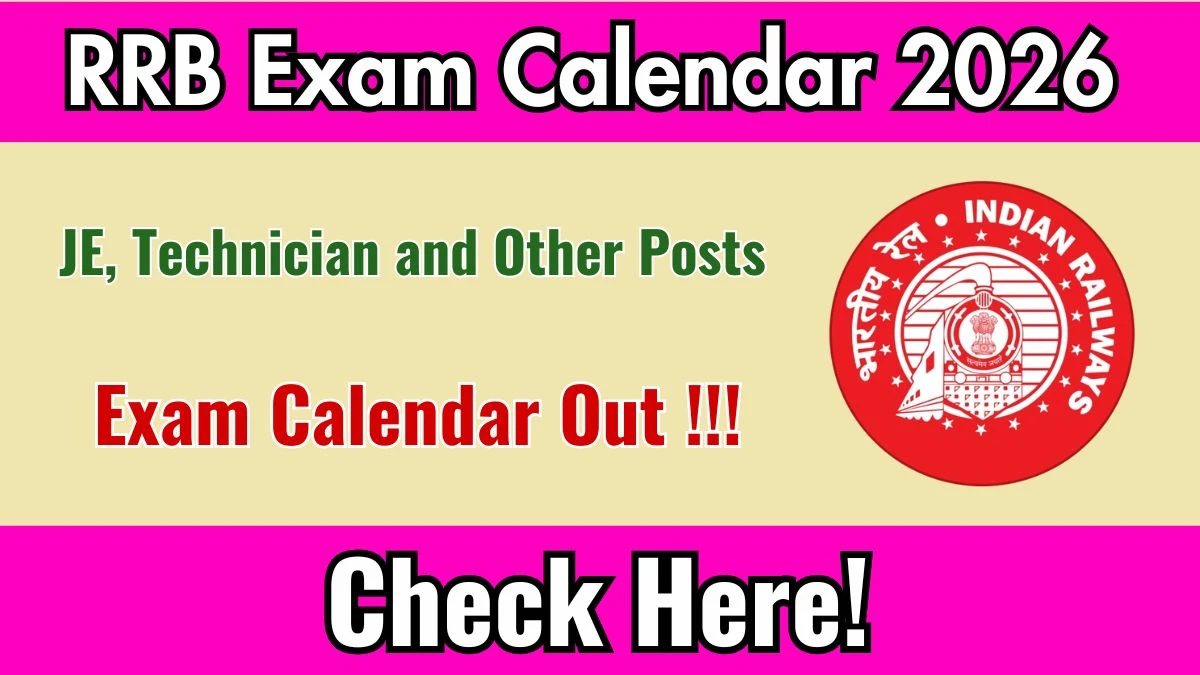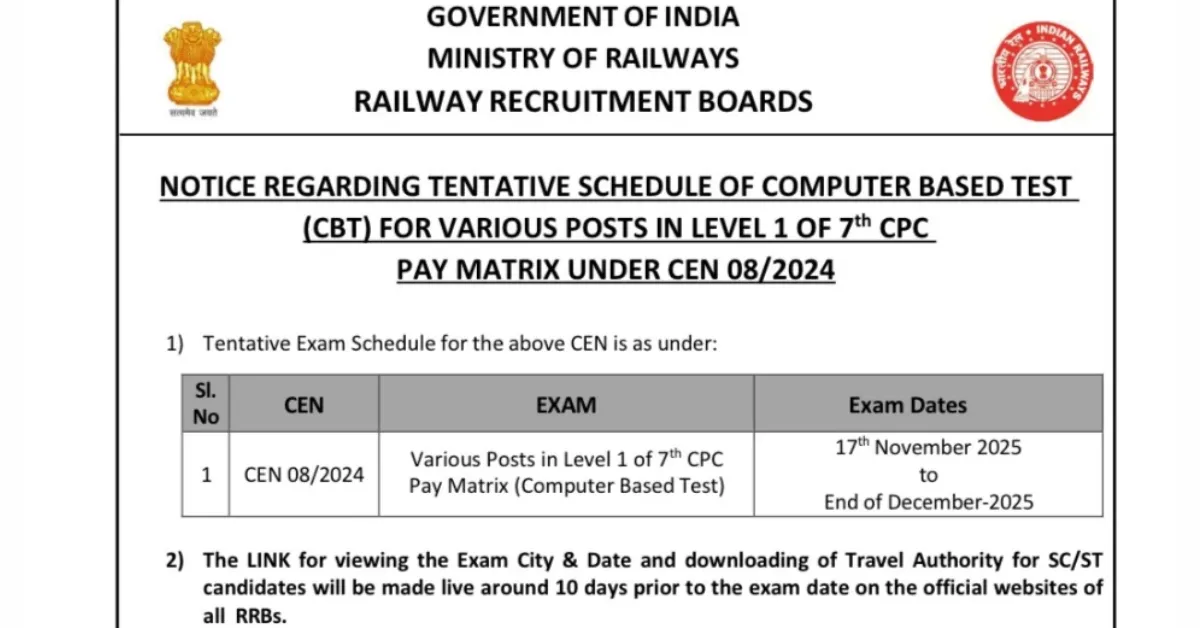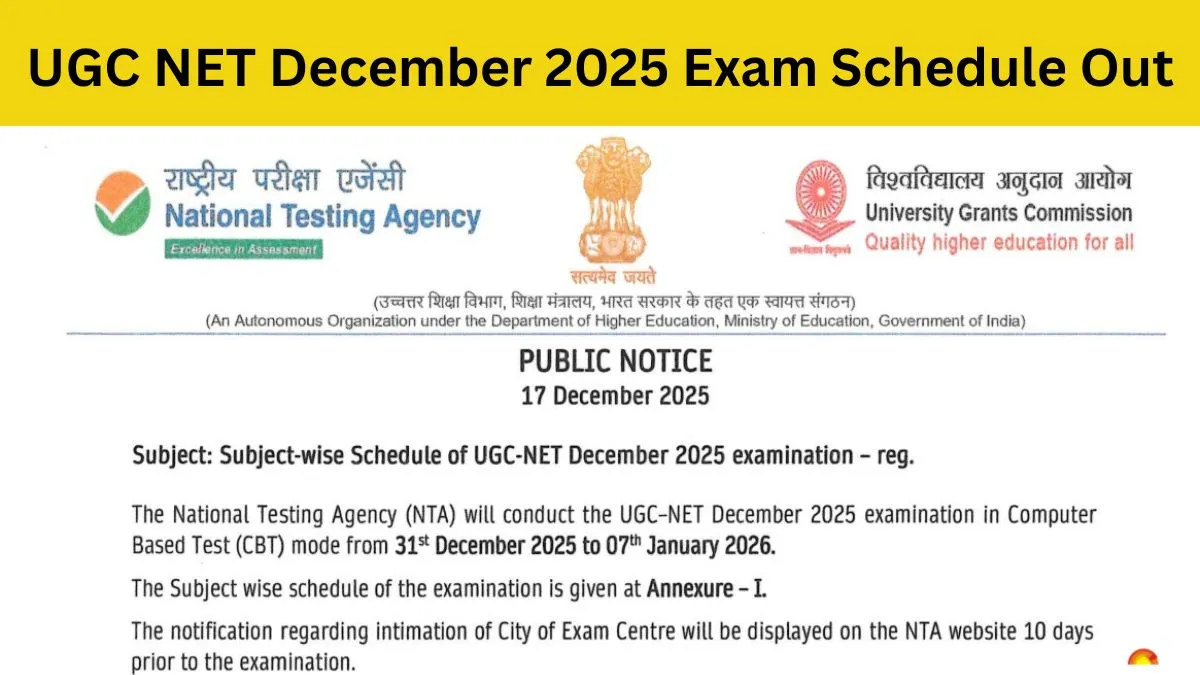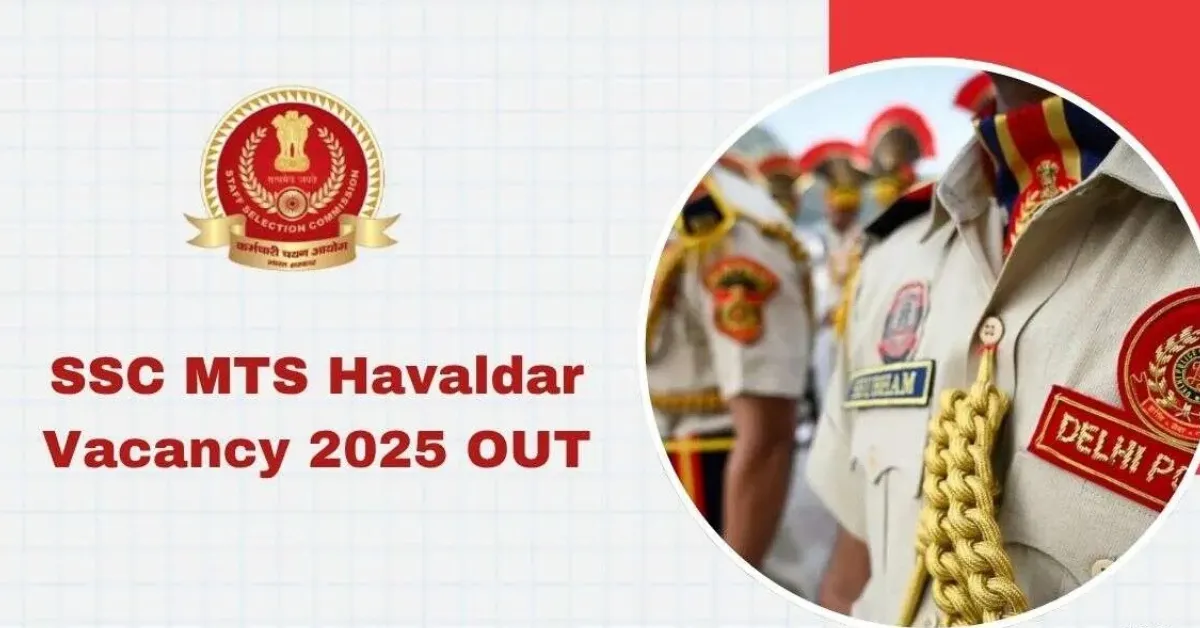Railway Recruitment Board (RRB) exams have long been a gateway for thousands of candidates aspiring to build a stable and rewarding career in Indian Railways. Every year, lakhs of candidates appear for various RRB examinations, ranging from Group D to NTPC and other technical and non-technical posts. With 2025 approaching, it is crucial for aspirants to understand the updated pattern of RRB exams to plan their preparation strategically.
Understanding the RRB Exam Pattern is not just about knowing the structure of the test; it is about aligning your study strategy with the actual demands of the examination. The pattern gives insight into the types of questions, the difficulty level, the sectional distribution of marks, and the negative marking scheme, all of which significantly influence how candidates should prepare.
Overview of RRB Exam 2025
The RRB exam in 2025 will follow a structured approach similar to the recent years but with minor updates in sectional weightage and the number of questions for certain posts. The exams can broadly be divided into two categories: Non-Technical Popular Categories (NTPC) and Technical/Other Group Posts. While the core subjects remain largely the same, understanding the nuances for each category is essential.
For NTPC posts, the exam is primarily designed to test general awareness, reasoning, quantitative aptitude, and general intelligence. Technical posts, on the other hand, focus on domain-specific knowledge along with basic general awareness and reasoning skills.
Exam Stages
The RRB exam in 2025 will follow a multi-stage selection process, typically consisting of three main stages:
- First Stage Computer-Based Test (CBT 1):
This stage serves as the initial filter. For NTPC, it generally comprises 100 questions covering general intelligence and reasoning, quantitative aptitude, general awareness, and sometimes basic mathematics and computer knowledge. The duration is 90 minutes, and the exam is conducted online. - Second Stage Computer-Based Test (CBT 2):
Candidates who qualify for CBT 1 move to CBT 2, which is more specific and advanced. This stage typically has 120 questions for NTPC posts and lasts 90 minutes. The difficulty level is higher, and more emphasis is placed on quantitative aptitude and reasoning skills. - Typing Skill Test / Document Verification / Aptitude Test:
Depending on the post, candidates may have to undergo a typing test (for clerical posts), an aptitude test (for traffic and station master posts), or document verification for final selection. The final merit is prepared based on performance in all applicable stages.
For technical posts, the stages may include a single CBT followed by a trade test or practical examination relevant to the job profile.
Sectional Distribution in CBT 1
For NTPC posts in 2025, the sectional distribution in the first CBT is expected to be as follows:
- General Awareness: 40%
- Mathematics/Quantitative Aptitude: 30%
- Reasoning and General Intelligence: 30%
The emphasis on General Awareness reflects the RRB’s focus on candidates being updated with current events, Indian history, geography, and railway-specific knowledge. Mathematics and reasoning sections test a candidate’s numerical ability and logical thinking, which are essential for day-to-day railway operations and administrative tasks.
Sectional Distribution in CBT 2
CBT 2 is designed to assess in-depth understanding and problem-solving skills. The tentative distribution is:
- Mathematics/Quantitative Aptitude: 35%
- Reasoning and General Intelligence: 35%
- General Awareness and Current Affairs: 30%
Here, questions are slightly more complex than in CBT 1. For example, reasoning questions may include puzzles, seating arrangements, coding-decoding, and syllogisms, whereas quantitative aptitude may include algebra, geometry, percentages, and time-speed-distance problems. General awareness questions will cover static GK along with recent events from the last six months.
Negative Marking
The RRB exam pattern includes negative marking to ensure accuracy. For both CBT 1 and CBT 2, 0.33 marks are deducted for each wrong answer. Aspirants must balance speed with accuracy to maximize their score. Blind guessing can reduce overall marks significantly.
Exam Duration and Timing
- CBT 1: 90 minutes for 100 questions.
- CBT 2: 90 minutes for 120 questions.
For candidates with disabilities, additional time is provided as per government regulations. Time management plays a crucial role, as the level of questions, especially in CBT 2, demands not only knowledge but also quick decision-making skills.
Important Changes in 2025 Pattern
While the core structure remains consistent, RRB often introduces slight modifications in exam weightage and question format to align with modern recruitment standards. The notable changes expected in 2025 include:
- More Focus on Current Affairs:
With the increasing importance of being aware of national and international developments, the General Awareness section is likely to emphasize recent events, government schemes, railway projects, and social initiatives. - Reasoning Section Complexity:
Reasoning questions are expected to include multi-step puzzles and analytical reasoning, challenging candidates to apply logic rather than rote learning. - Computer Knowledge Questions:
Basic computer awareness is now included in the General Awareness section for certain posts. Questions may include MS Office tools, internet basics, and computer terminology. - Increased Weightage for Technical Posts:
Candidates applying for technical or trade posts may face an increased number of domain-specific questions in CBT 2. For example, mechanical engineering applicants may get more questions on thermodynamics, material science, and mechanics.
Preparation Strategy Based on Pattern
Understanding the pattern allows candidates to strategize effectively. Some key preparation tips include:
- Focus on Strong Sections First: Identify which sections you excel in and ensure maximum scoring in those areas.
- Regular Current Affairs Updates: Read newspapers, official railway notifications, and online portals for the latest news.
- Practice Mock Tests: Simulating the actual test environment helps in time management and improves speed.
- Revise Basics Thoroughly: For mathematics and reasoning, clear concepts are more valuable than memorization.
- Trade/Technical Preparation: For technical posts, practical knowledge and problem-solving practice in your domain are critical.
Conclusion
The RRB exam in 2025 continues to be a competitive but structured path for candidates aiming for a career in Indian Railways. By understanding the exam pattern, aspirants can focus their preparation, minimize errors, and improve their chances of selection. With careful planning, consistent practice, and a strong grasp of each section, candidates can navigate the complexities of CBT 1, CBT 2, and subsequent stages with confidence.
Being aware of the exam pattern is not just about passing the exam; it is about preparing intelligently. Every change in pattern provides a clue on what the RRB prioritizes in its candidates. Aspirants who adapt their preparation strategies to align with the latest pattern are more likely to achieve their goal of becoming a part of one of India’s most prestigious organizations.
